
We must of all seen the new, or should I say, not so new comeback of nostalgic design, especially in the world of digital design. No matter how much technology is advancing why is there still the reoccurrence of pixel graphics, the well ‘loved’ comic sans and clunky drop shadows, basically the reinvention of 80’s and 90s graphic design. These are just some of the traits of nostalgic websites and as a designer I can’t help but cringe a bit, but what are the reasons for this? Is it to play on the consumers memories, or more of a random decision?
The first and most obvious digital interpretation that has dared to embrace 90’s design is the Captain Marvel’s website. According to the Captain Marvel Counter seen on the website it has already had over 13million visitors, so clearly is a huge success. Clip art backgrounds, gifs, 3D text, a rainbow of colours and bold fonts can all be found here. Clearly a lot of effort has been put into making it a believable replica of websites that populated the internet in the 90s, captivating users of all ages. As well as sparking memories for people who lived through that time, it’s also an interesting introduction for people who have not yet experienced it, giving a greater sense of belonging, meaning and security. Particular eras are often associated with strong emotions and positive themes, making the design more welcoming.
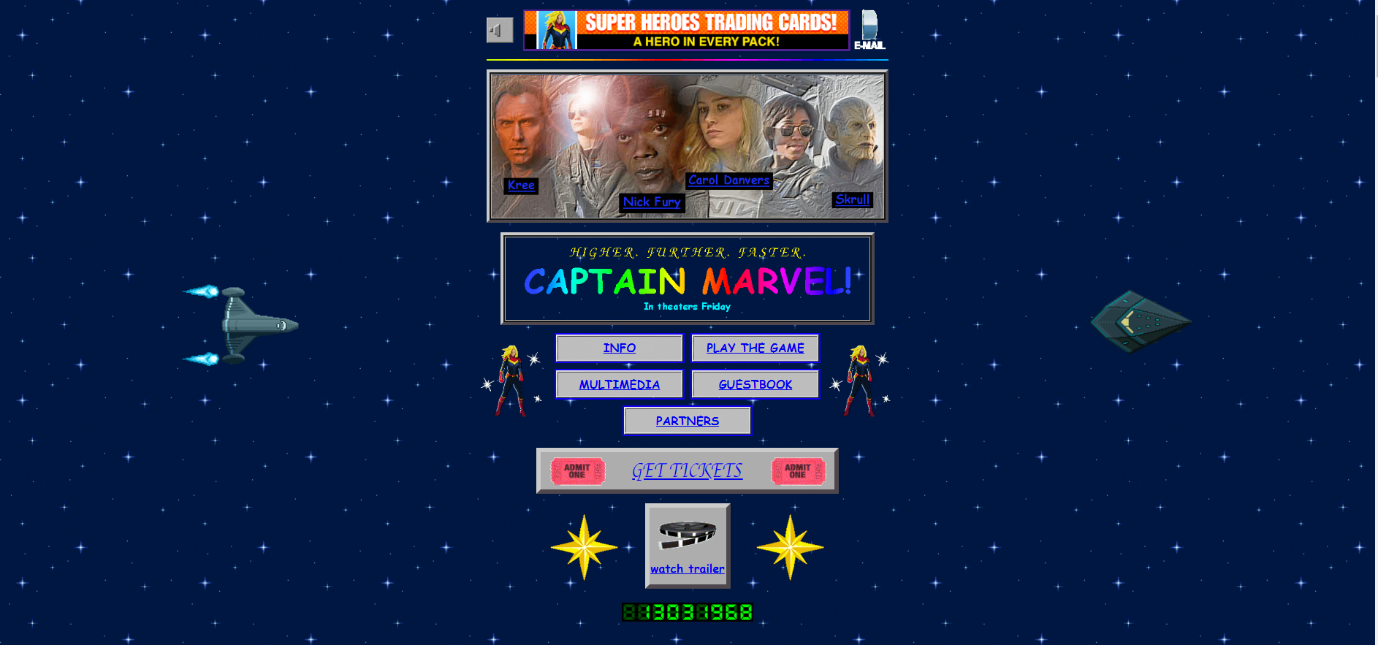
Is it because it’s so different and unexpected? When you look at websites today a majority of them look very similar so maybe it’s refreshing to see something different, an opportunity to explore and the chance to interact with the unusual buttons and hover states, because it’s so unexpected and exciting. Interestingly you could think about the psychology behind the design, the thought that the Von Restorff effect has been taken as an approach. This is quite simply the idea that the oddball out is the one that gets remembered, hence these unusual nostalgic websites standing out in against the sleek well-designed websites we see today. When designing, your aim is for your design to stand out and be the one that is remembered.
Looking across a variety of brands, it is quite clear that Marvel is probably the most well-known nostalgic website. But sitting close behind, Adidas released an equally similar style of website, consisting of yet more word art, a huge collection of colours, awfully cropped buttons and of course the return of a designers not so favourite font, the famous comic sans.
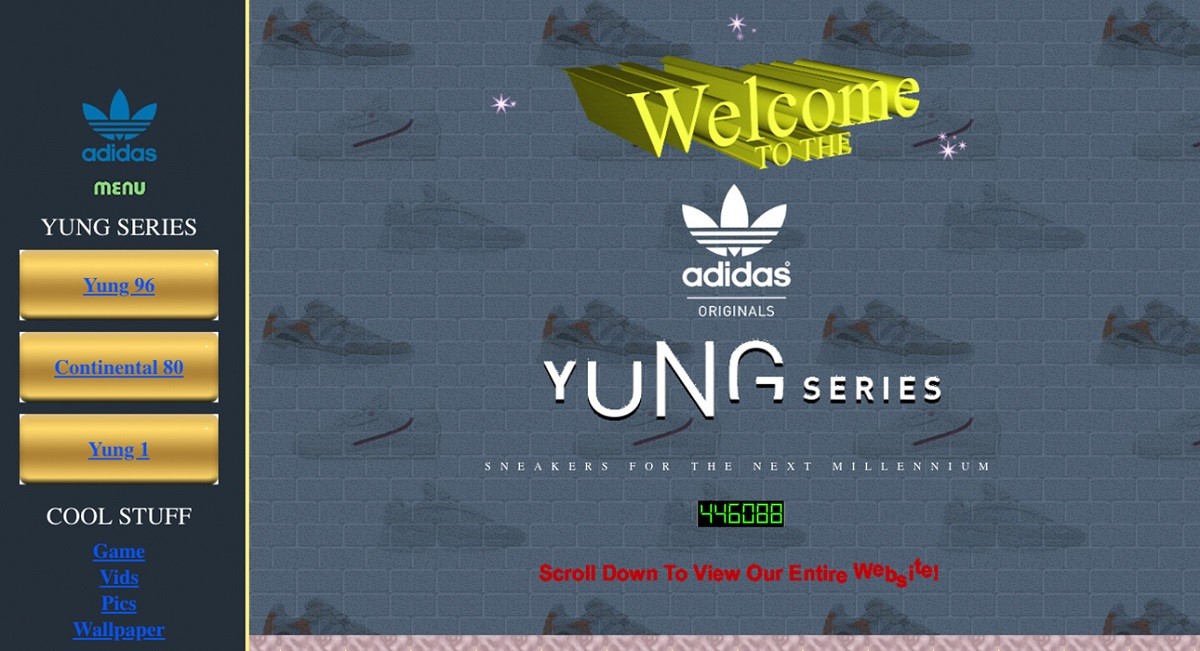
Although these websites may still look very 90s, what once were partly due to technological restrictions have now become tools of nostalgia. What is imitated is actually something new. The early website design restricted the size of fonts, the colours and layouts, but this has now become a deliberate choice. At least now we are able to use these deliberate choices, but in a much more structured way. Looking at the Marvel site, although aesthetically it fits the nostalgic theme, I would say it’s fairly easy to navigate through and has the added advantage of it being responsive.
But it seems nostalgia in design is not just limited to digital design. The psychology of using nostalgia can also trigger sights, sounds, smells and tastes. Looking at the ‘Throwback Thursdays’ campaign Expedia did, they used nostalgia to engage its social media audience. Participants had to post and tag a picture of a favourite past vacation for a chance to win a travel voucher, again sparking memories of previous summer vacations. The first winners journey was turned into a film following the family’s return to their favourite beach in San Diego, recreating the scene of the old photo. Perhaps this idea of recreating memories is viewed as a far more personal type of marketing, increasing levels of engagement.
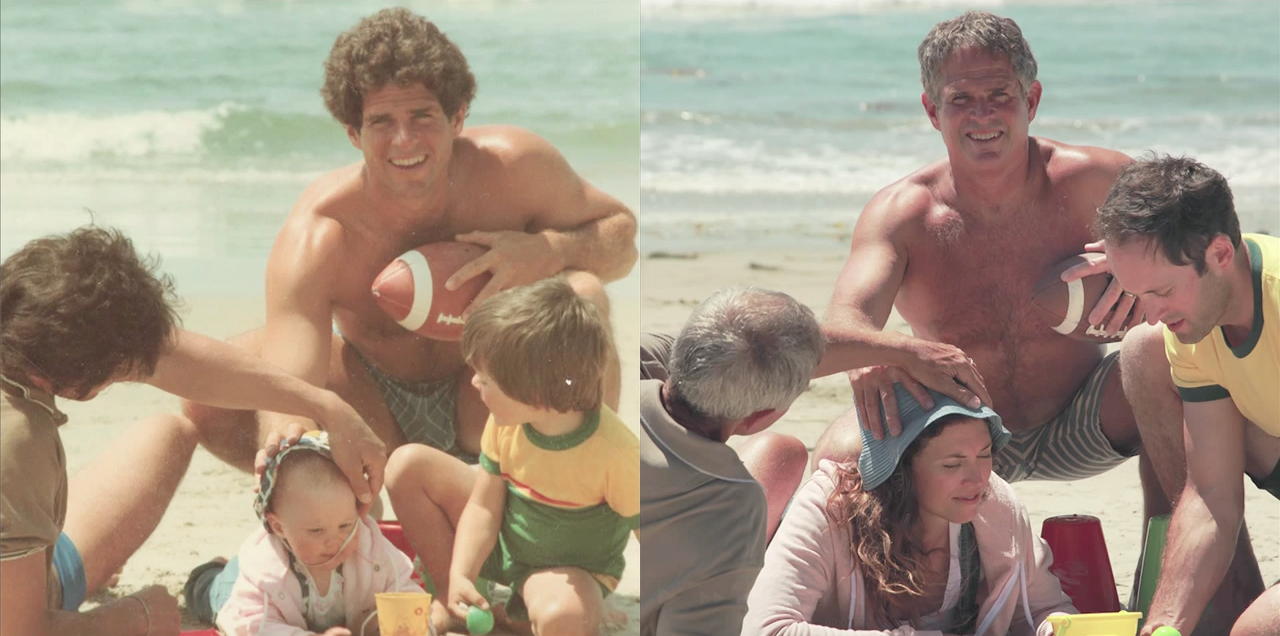
Yet another example that has taken the audience back in time is Gucci’s latest ad campaign for the Gucci Guilty fragrance featuring singer Lana del Ray. Known for her quirky, retro vibes and eccentric styles she is perfect for this advert. Chilled and careless with a retro vibe is just a few words to describe this campaign. It gives the audience a strong sense of nostalgia with an obvious 70’s inspiration, with del Ray (dressed in fabulous 70s style) visiting familiar American scenarios like a motel, diner, laundromat and a grocery store. Although this may appeal to more of an American audience it’s yet another great example of how nostalgia can play on memories personal to each individual.
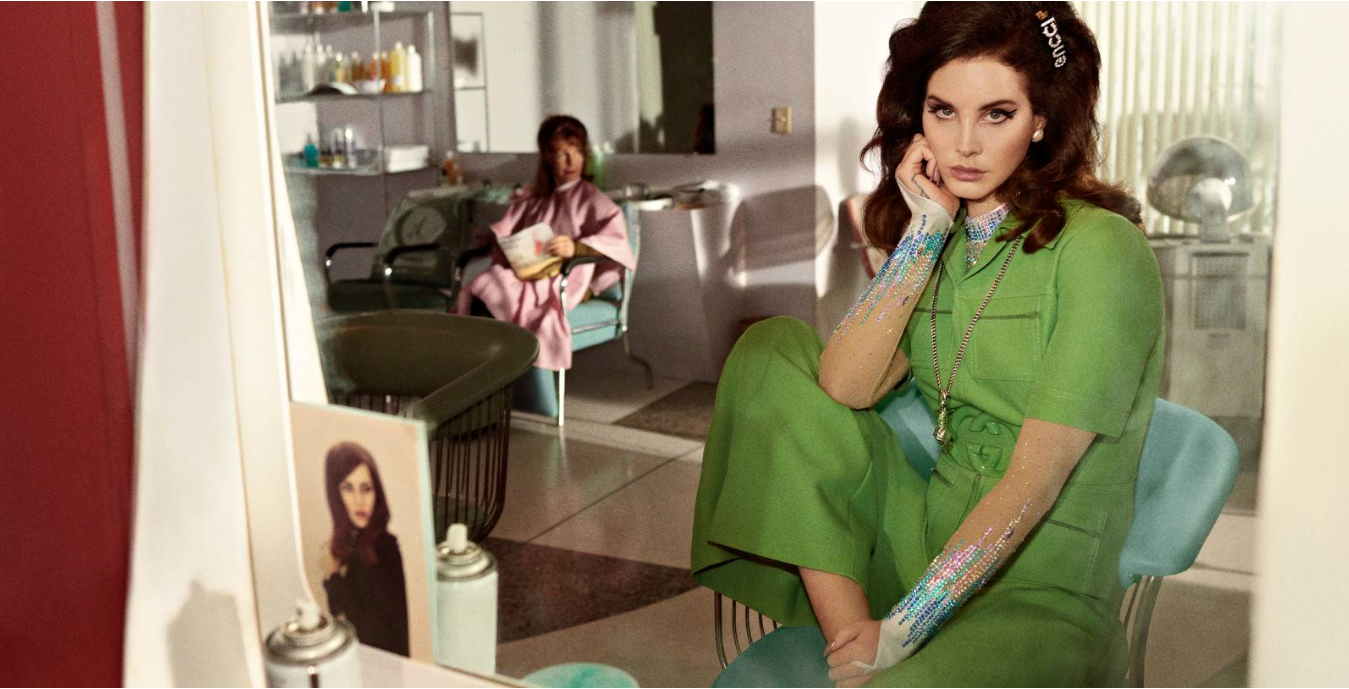
Other brands are also using retro packaging, helping to highlight the return of an earlier version of a product. Dubbed as refreshingly retro, Pepsi was an example of this who promoted a limited-edition drink with sugar, rather than high fructose corn syrup. Familiar logos or products that take you back in time can trigger an emotional childhood connection. So instead of a brand being the all new and improved it is rather familiar, consistent and comforting. Additionally, Pepsi also brought back a discontinued drink from the 90s, ‘Crystal Pepsi’ for a limited time. An appealing part of their campaign was a game called ‘Crystal Pepsi Trail’ drawing inspiration from the ‘Oregon Trail’ game of the 70s, marrying up the two eras and therefore marketing to a wider audience.
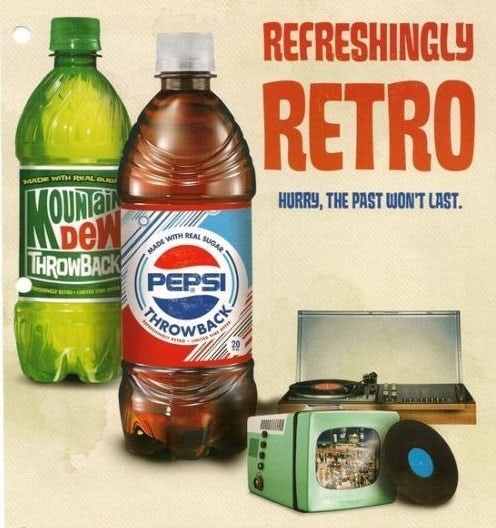
So, it’s clear that whether it’s a website featuring some neon colouring, strange colours, huge graphics, unstable layouts or a campaign used to spark memories and create a sense of familiarity with the audience, nostalgic design is seen everywhere and will continue to be. It sometimes has a deeper meaning and taps into a psychological approach to marketing, rather than what’s just aesthetically pleasing. While nostalgia can have a very positive impact on design, especially if you want to make it feel a bit more personal, it might not be appropriate for every situation.
Posted 14 May 2019 by